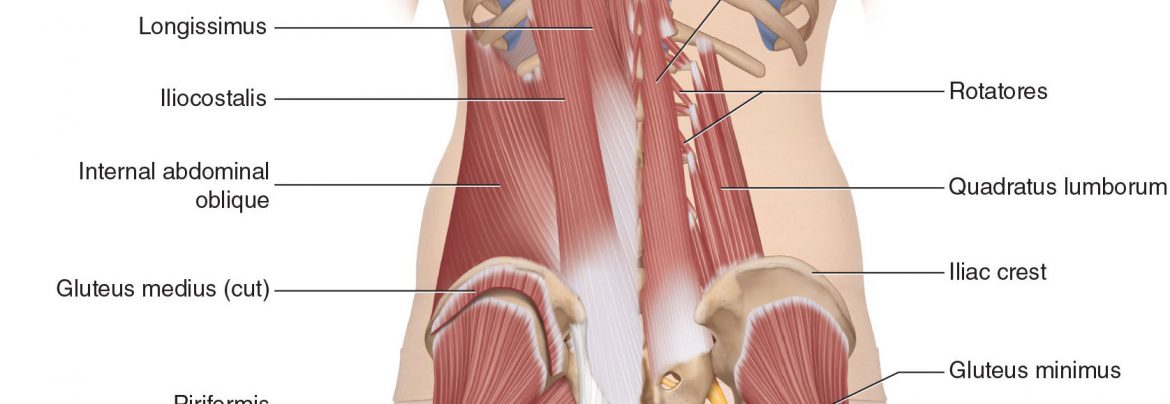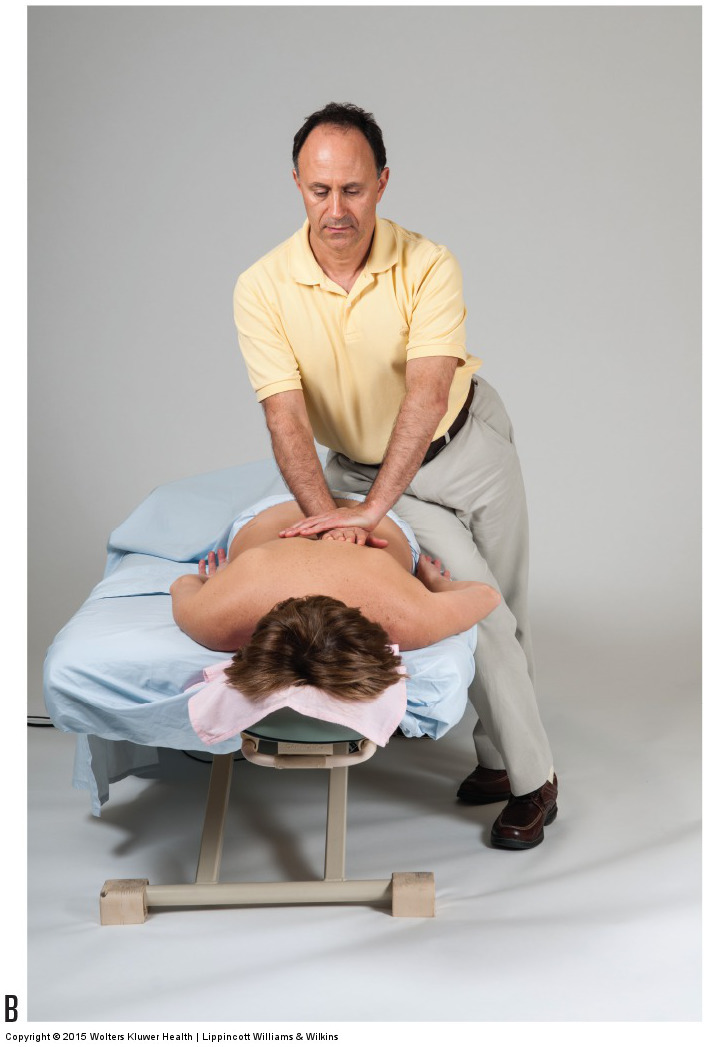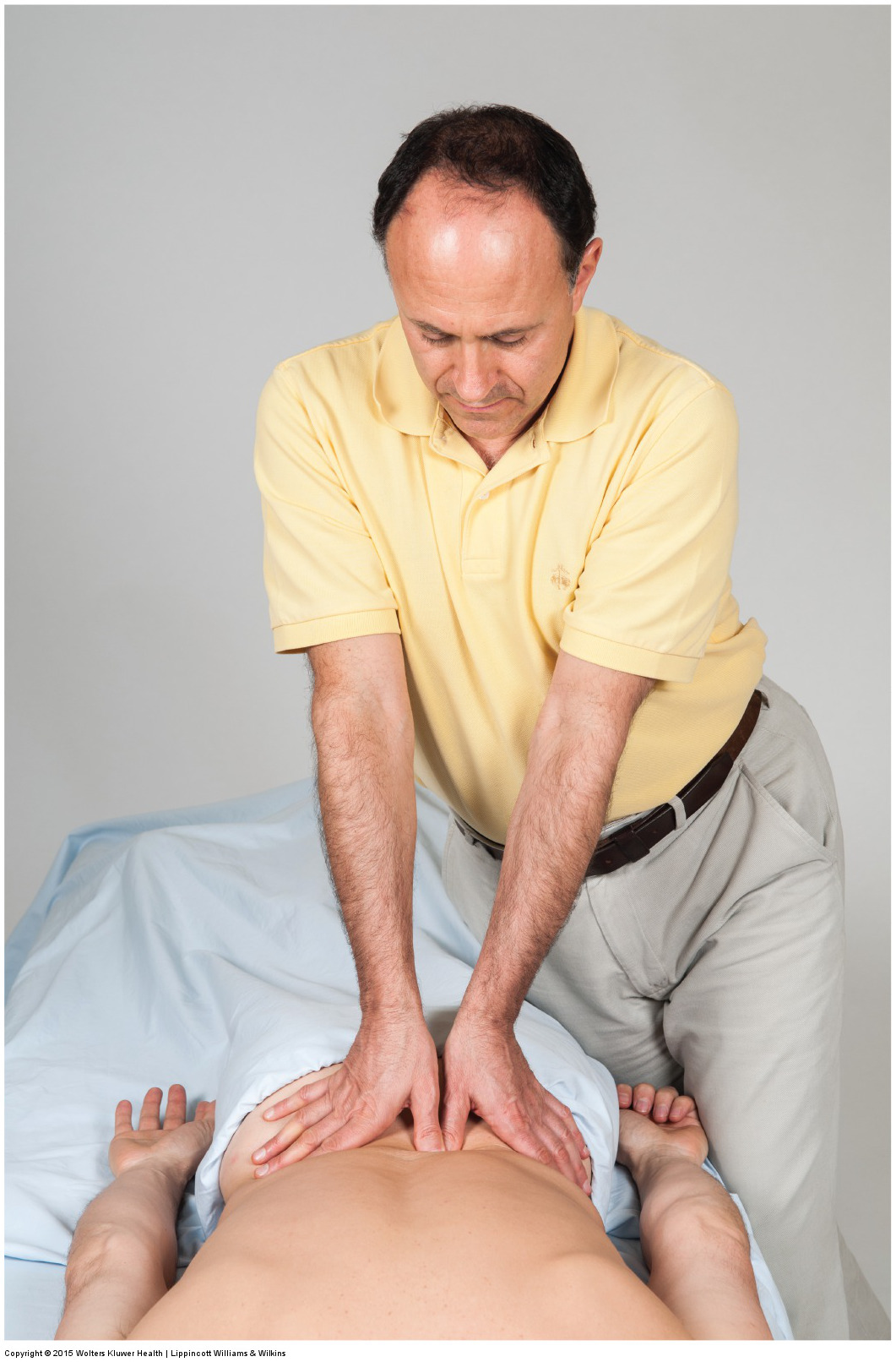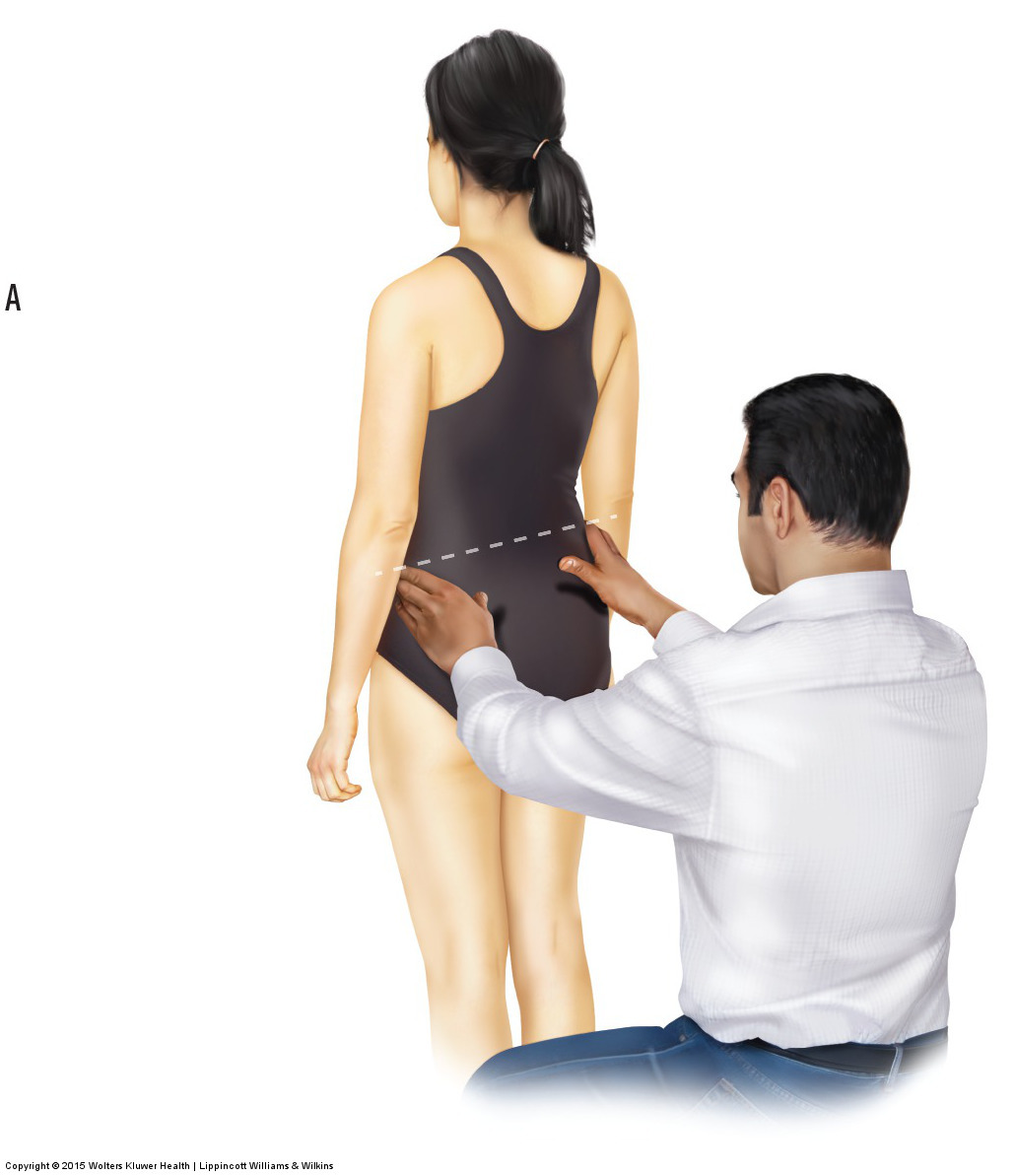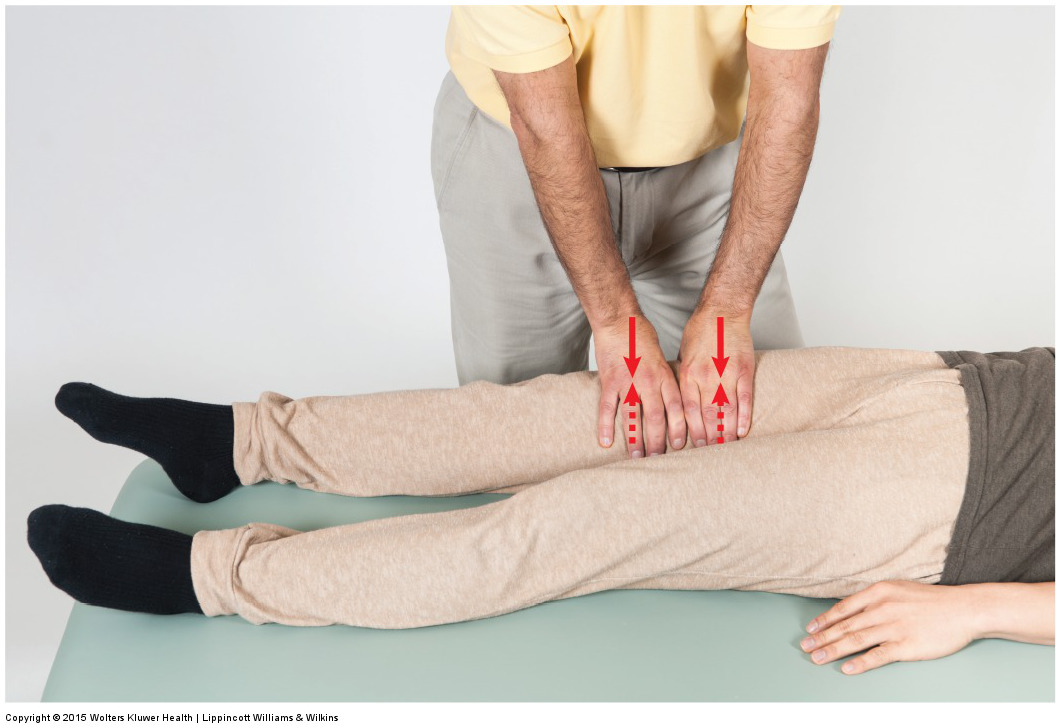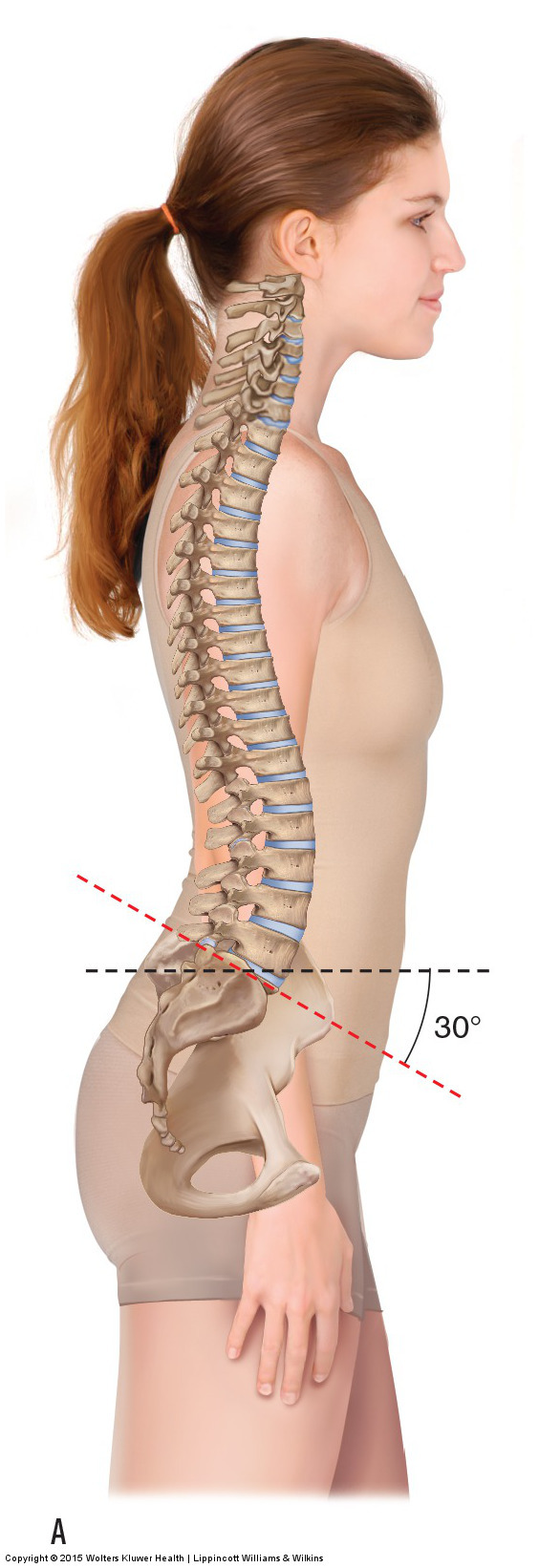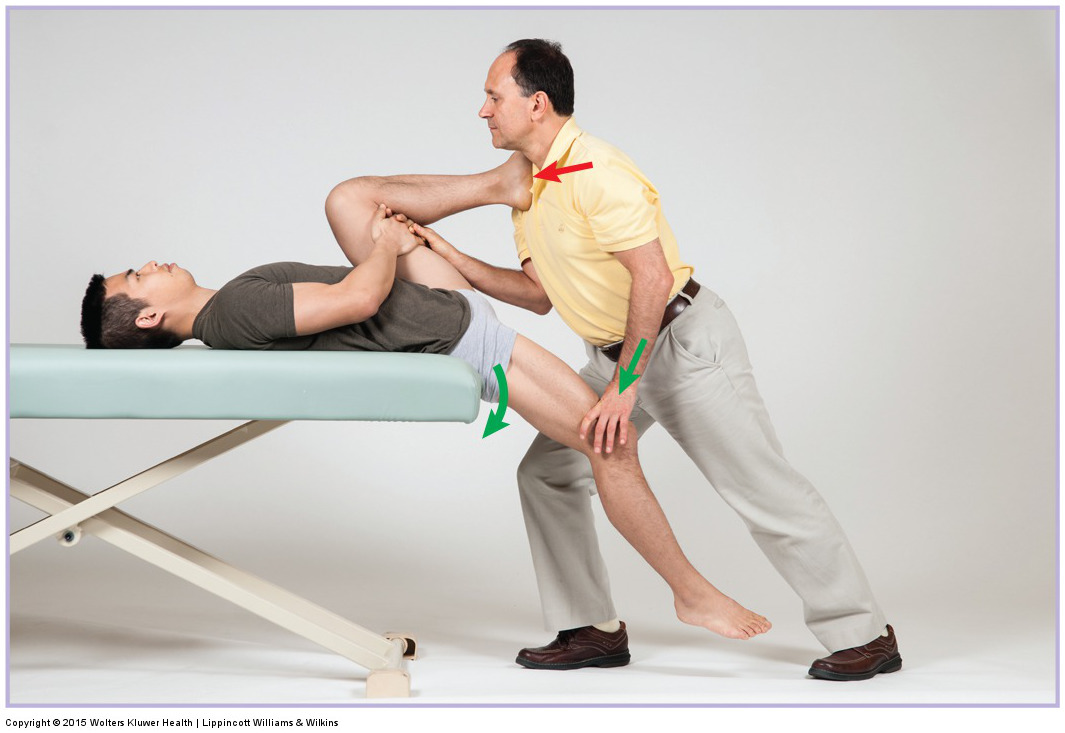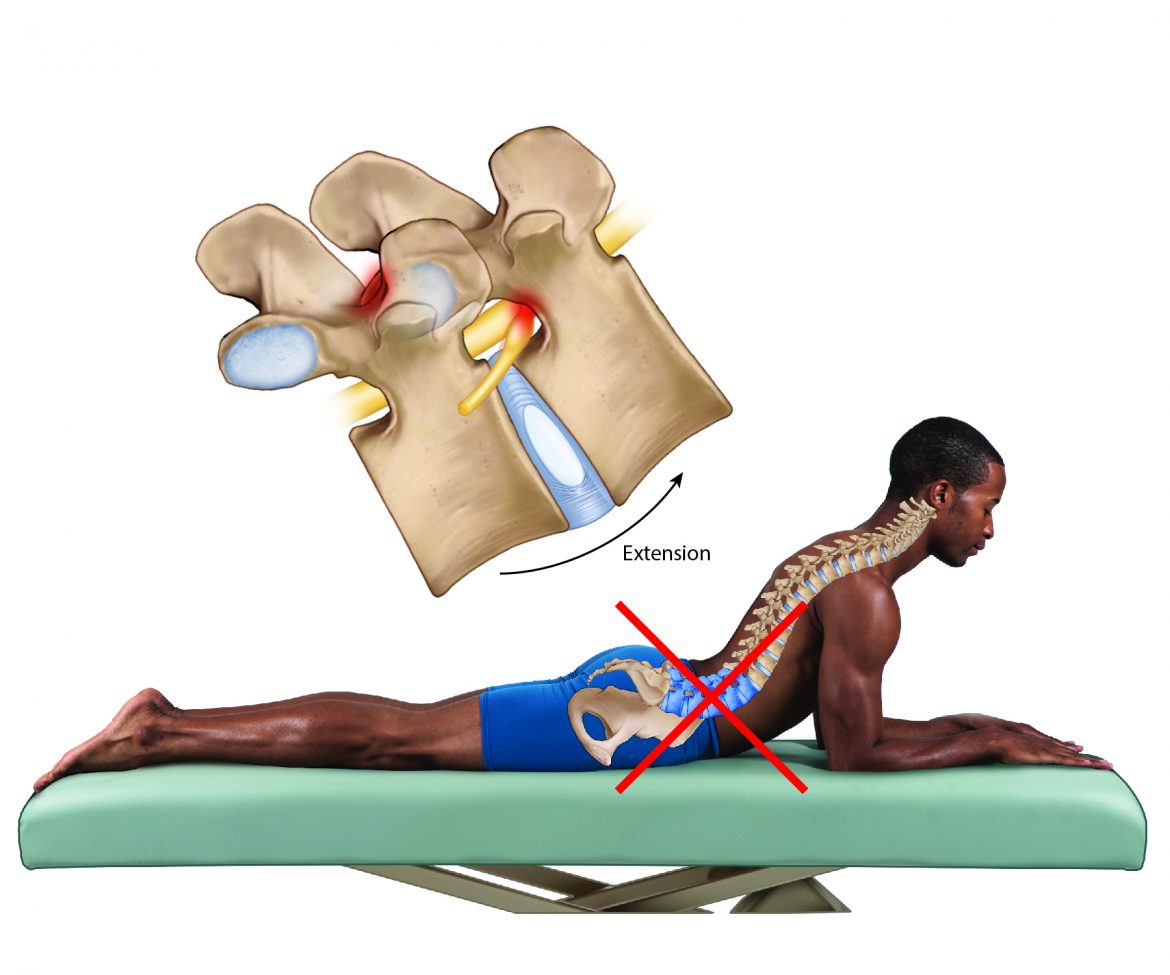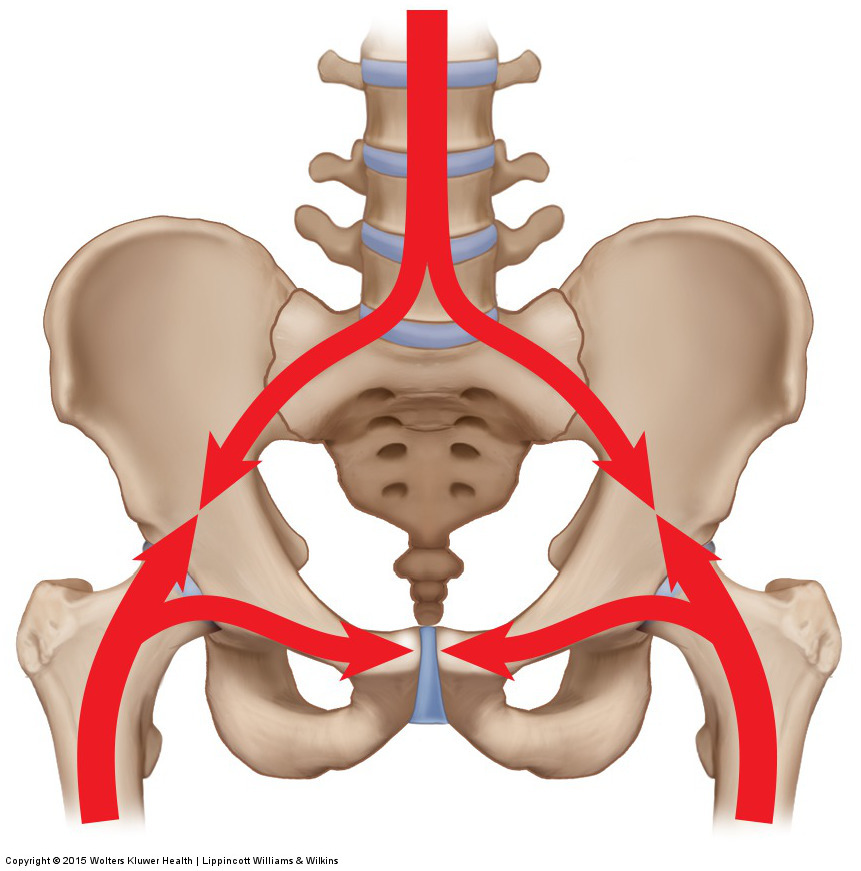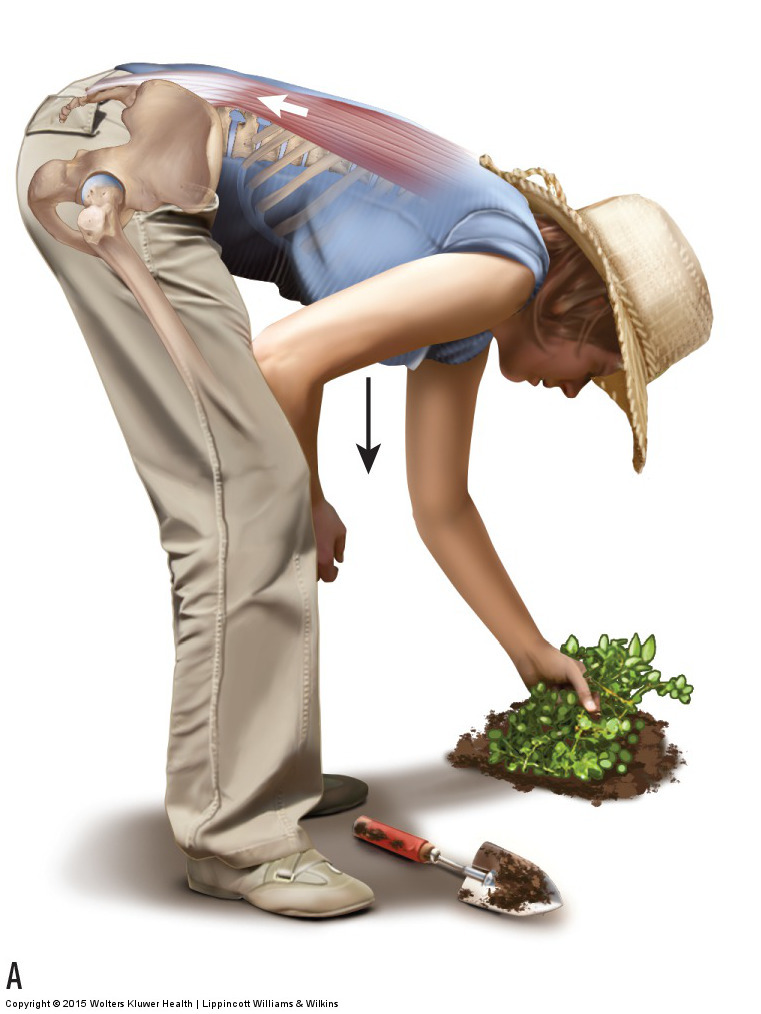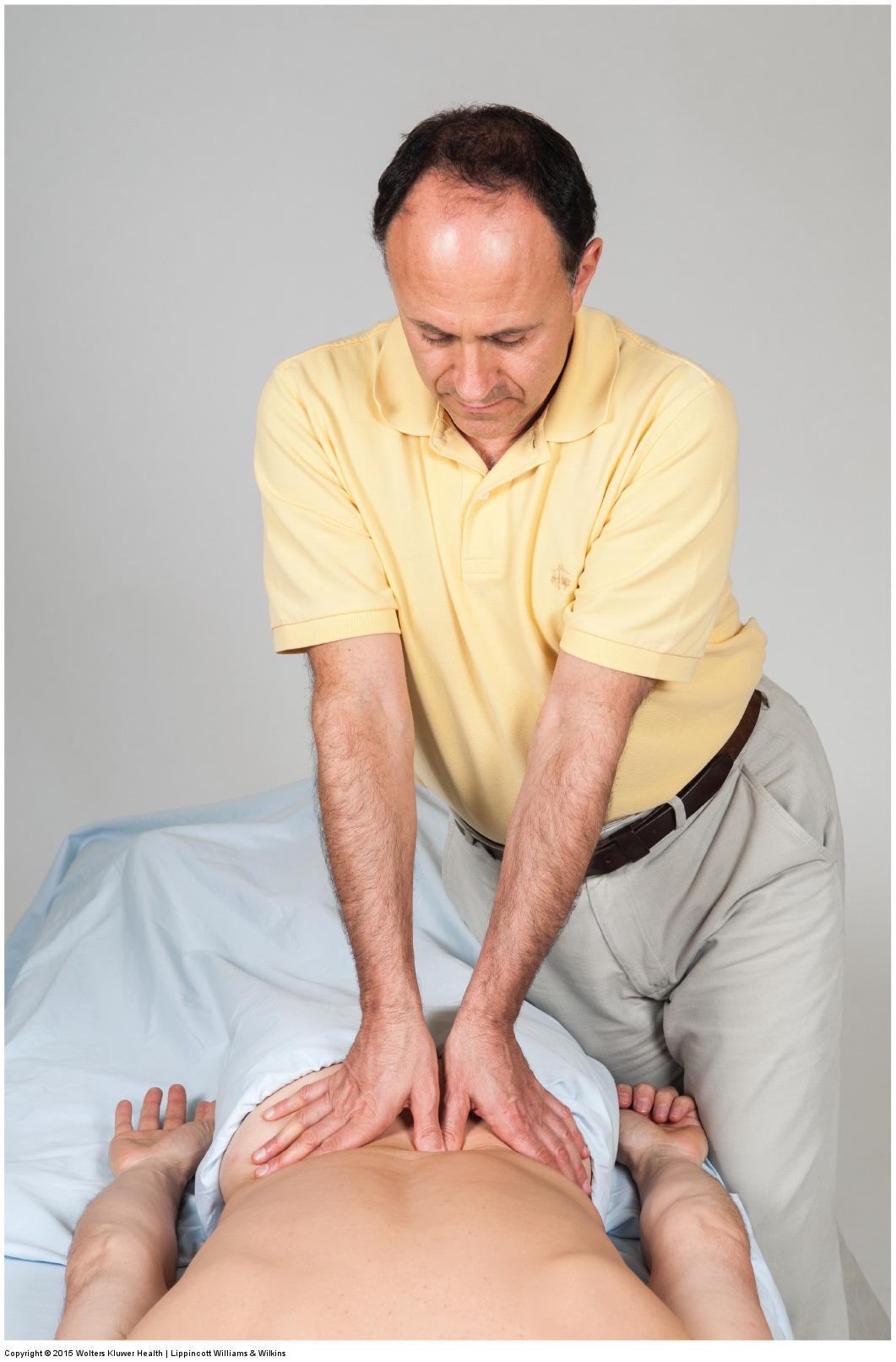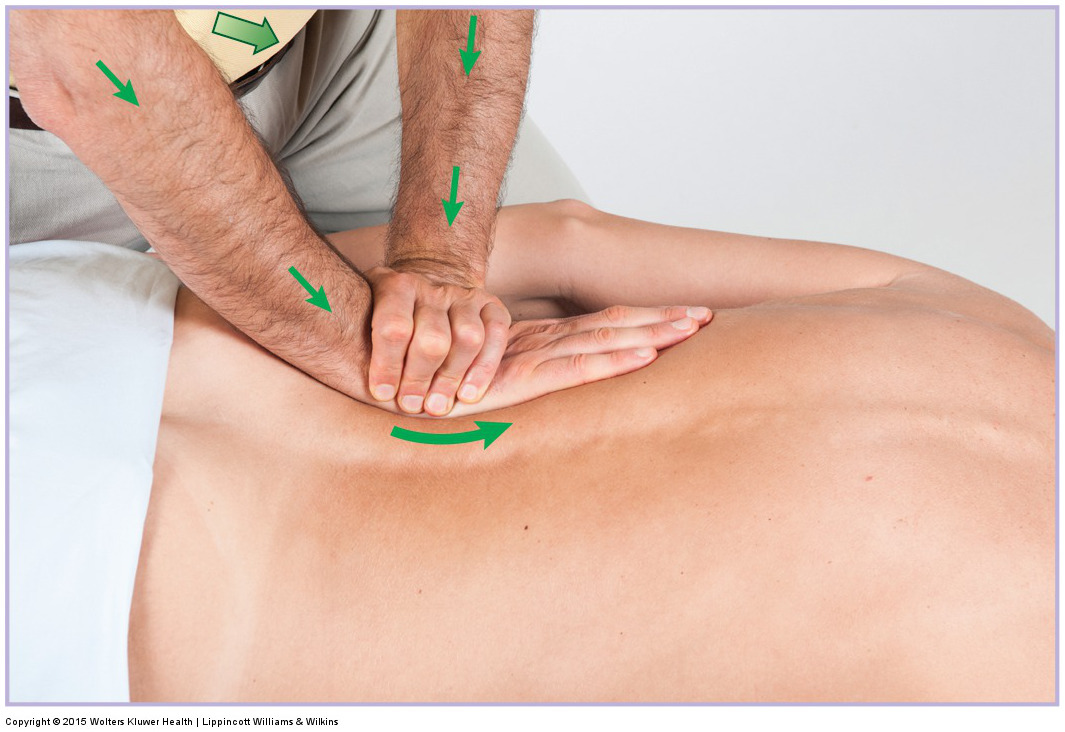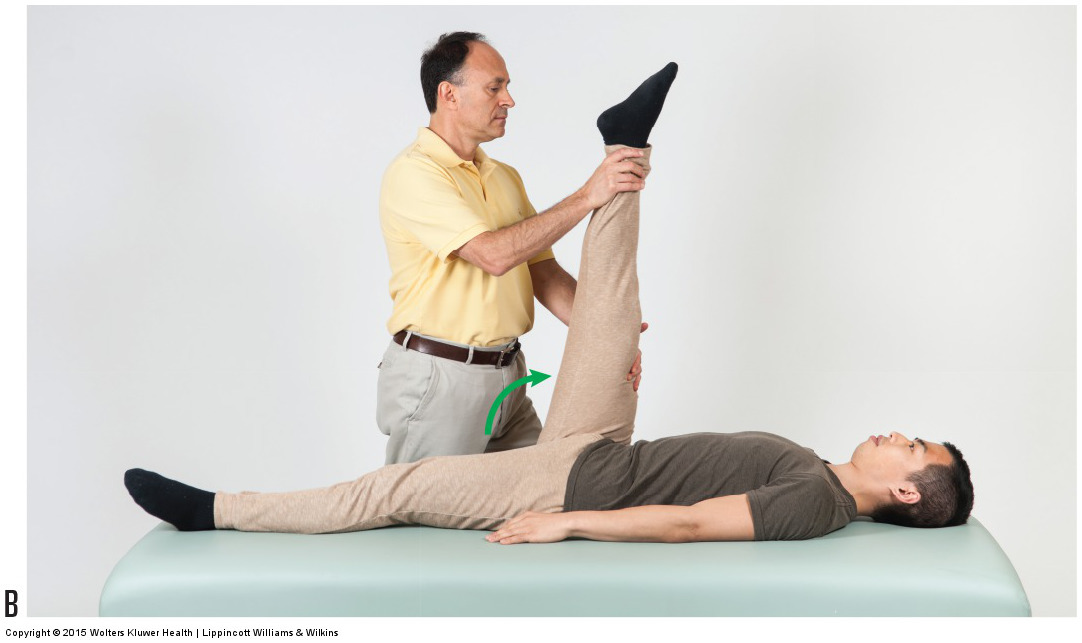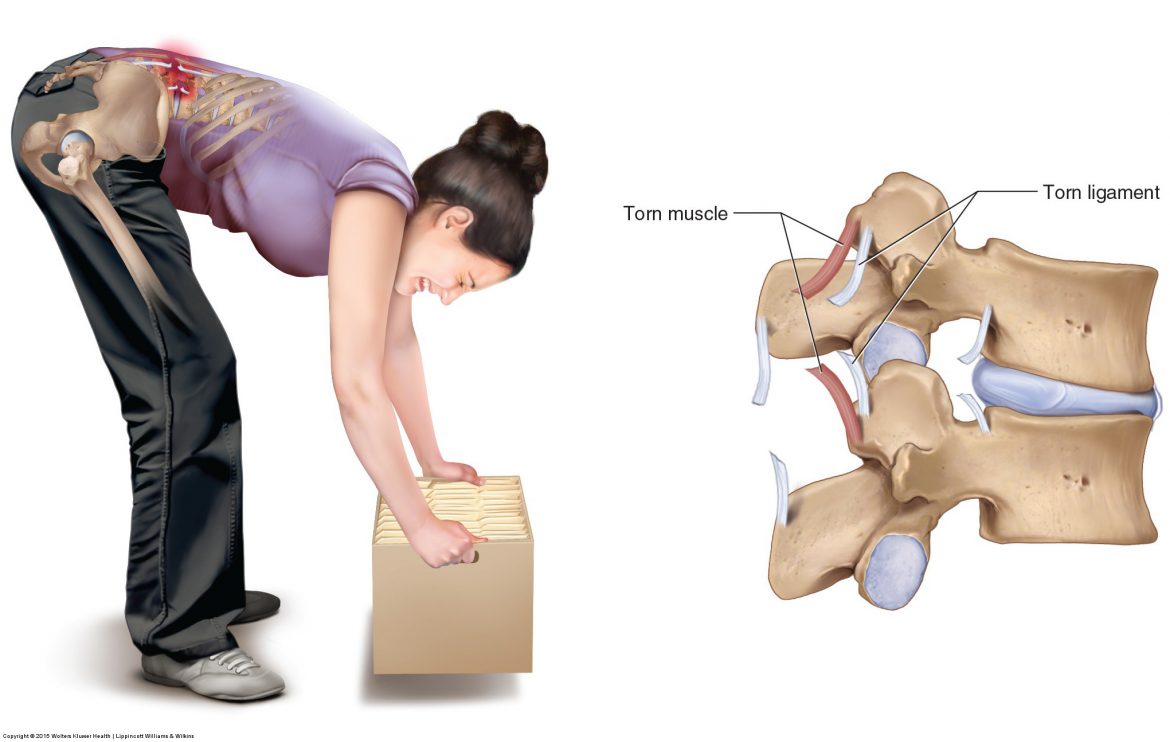So if we say that the cause of most low back pain is not understood, it should mean that we do not know what mechanism is causing the low back pain most of the time. But that is not true. We can often palpate tight myofascial tissue or a dysfunctional joint that is causing back pain.
Introduction to Deep Pressure Massage to the Low Back
When deep pressure is needed, it is important to be able to generate it with the least amount of effort and physical stress to your body. In essence, this blog post article is about learning how to employ proper body mechanics so that you work smart instead of working hard.
Deep Pressure Massage to the Low Back – Positioning the Feet
Make sure that the feet are not too far apart. A wide stance may feel more stable but creates a static position that makes it difficult to transfer weight from one foot to the other. With a narrower stance, it is easier to shift the center of weight of the body from one foot to the other as a stroke is done.
Deep Pressure Massage to the Low Back – Client and Therapist Positioning
A common body mechanics error is for the therapist to stand above the face cradle at the head end of the table. Standing here only distances you from the client, causing you to lean over the client to reach the low back; this compromises body mechanics and does not allow for the efficient use of body weight.
Deep Pressure Massage to the Low Back – Choosing the Right Table
Even more important than table width is table height. As a rule, when generating deep pressure, you want the table to be as low as possible so that you can more easily position your body above the client to take advantage of gravity and body weight.
Muscle and Bone Palpation of the Low Back and Pelvis
No assessment procedure is more important to the manual therapist than bone and muscle (myofascial) palpation.
Range of Motion Assessment (& Manual Resistance) – Low Back & Pelvis
This blog post article is part of a series of articles on assessment of the low back and pelvis. Scroll to the end of this article to see the others in this series. Range of Motion Range of motion (ROM) …
Postural Assessment of the Low Back and Pelvis
Good posture is defined as a balanced posture that is symmetrical and does not place excessive stress on the tissues of the body.
Introduction to Physical Examination Assessment of the Low Back and Pelvis
If the test creates signs/symptoms, but not the signs/symptoms of the condition for which the test is designed, then the test is considered to be negative.
Introduction to Assessment of the Low Back and Pelvis
Treatment should never be administered without a diagnosis. In the world of manual therapy, treatment should only be performed if an assessment is made.
Feeling back stiffness may be all in the head, not in the back
Feelings of back stiffness may be a subjective protective construct of the mind, rather than reflecting objective biomechanical properties of the back.
Sprains and Strains of the Low Back and Pelvis
Sprains and strains are similar in nature. When a ligament or joint capsule is torn, it is termed a sprain; when a muscle is torn, it is termed a strain.
Sacroiliac Joint Injury
The SIJ is subjected to a great deal of physical stresses both from below and above. A sacroiliac joint injury can be inflammation, sprain, and/or strain.
Hypertonic / Tight Muscles of the Low Back and Pelvis
Four of the most common causes of tight muscles of the low back (or anywhere in the body) are: overuse, splinting, adaptive shortening, and overstretching.
How do we treat spasmed low back muscles with manual therapy?
Manual therapy treatment for low back muscle tightness involves hot and cold hydrotherapy, soft tissue manipulation, stretching, and joint mobilization.
How do we treat low back strains and sprains with manual therapy?
For a low back strain / sprain, because the muscles of the low back are so large and powerful, the first goal of manual therapy is to reduce the spasming.
Signs, symptoms, and assessment of low back strains and sprains
A low back sprain and strain present a similar clinical picture. The client/patient will have low back spasming and pain, which will increase with motion.
What are the causes of low back strains and sprains?
The two most common causes for a low back sprain / strain are macrotrauma and repetitive microtraumas, often involving bending and lifting.

